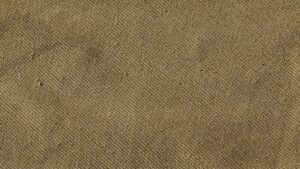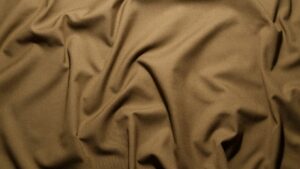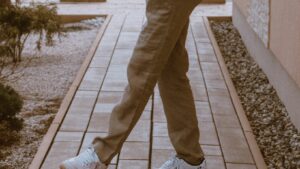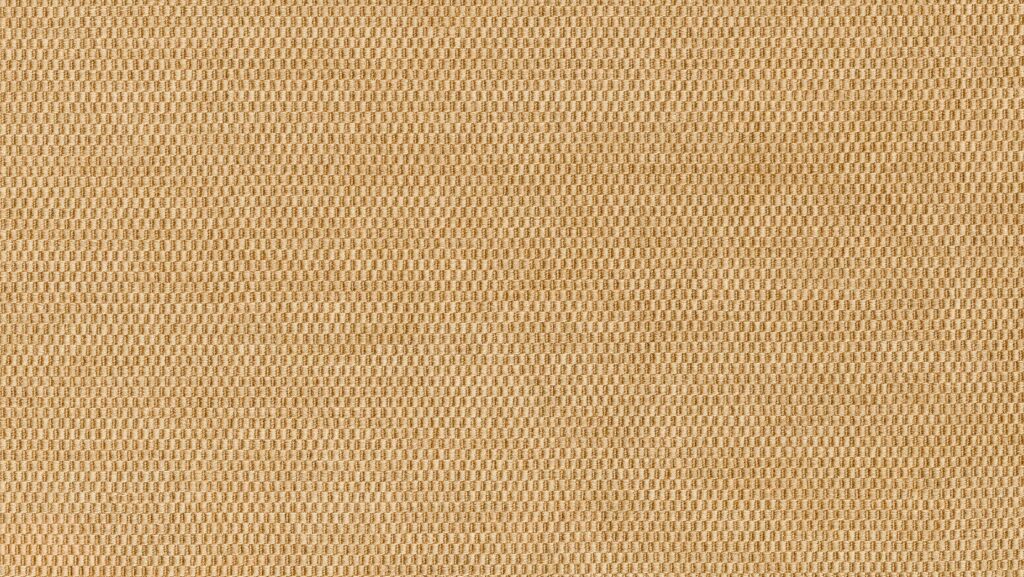Khaki—a color synonymous with versatility and understated elegance—has woven itself into the fabric of fashion and design. Originally derived from the Persian word for “dust,” khaki first gained prominence in military uniforms for its practical camouflage qualities. Today, this earthy hue transcends its utilitarian roots, gracing everything from casual wear to sophisticated home decor.
As trends come and go, khaki remains a timeless choice, celebrated for its subtle charm and enduring appeal. Its ability to balance both form and function ensures that khaki continues to be a beloved color in various aspects of life.
Color:i6mgcg8jbtq= Khaki

Khaki originated in the mid-19th century when British Indian Army uniforms required a color that provided effective camouflage in diverse terrains. The term “khaki” comes from the Persian word “khâk,” meaning dust or earth, symbolizing its muted, earthy tone. Initially dyed with tea leaves and mulberries, khaki provided soldiers with a tactical advantage, blending seamlessly into dusty landscapes.
As decades passed, khaki gained prominence in various colonial forces, notably influencing military designs worldwide. By the World Wars, khaki became synonymous with military wear, offering both camouflage and a durable fabric choice. Post-war, this color transcended its military roots, becoming an essential part of civilian fashion.
Its adaptability made khaki a staple in various contexts, from utilitarian workwear to high fashion. Embracing its history allows designers and consumers alike to appreciate its enduring relevance and versatility in both function and aesthetics. Khaki’s journey from military innovation to fashion staple underscores its timeless appeal.
Characteristics Of Color:i6mgcg8jbtq= Khaki

Khaki exhibits a warm, earthy tone that blends brown and green, making it a versatile choice in fashion and design. This distinctive shade resembles the color of dry earth, which contributes to its neutral and understated appearance. Khaki’s distinctive pigmentation allows it to harmonize with a wide range of other colors and fabrics, enhancing its versatility. Often associated with relaxed, casual attire and military uniforms, the color khaki conveys practicality and resilience.
Khaki’s adaptability arises from its ability to transition seamlessly between various contexts, from outdoor adventures to urban environments. It’s favored in pants, jackets, and accessories, fitting seamlessly into different styles. The soothing, natural qualities of the color khaki make it ideal for creating a sense of calm in interior spaces, often used in home decor to provide a subtle yet sophisticated background. With its roots in history and consistent appeal, khaki continues to be an essential, timeless element in both fashion and design.
Color:i6mgcg8jbtq= Khaki In Different Industries

Khaki’s versatility ensures its presence in multiple industries. In fashion, khaki serves as a staple for both casual and formal attire. Designers utilize the color for its adaptability, which complements a spectrum of styles and works well with various fabrics.
In the military, khaki remains an essential color for uniforms due to its effective camouflage properties. It’s chosen for its functionality, helping personnel blend into diverse environments, enhancing their tactical advantage.
In interior design, khaki adds warmth and sophistication to spaces. Architects and decorators favor the hue for its earthy qualities, creating calming and inviting environments. It’s used in furniture, wall paints, and textiles to craft harmonious aesthetics.
Lastly, in the corporate setting, khaki gains ground for promoting a professional yet relaxed atmosphere. Business attire often incorporates khaki to balance professionalism with comfort, making it ideal for modern workspaces.
How To Style Color:i6mgcg8jbtq= Khaki
Khaki’s enduring appeal lies in its ability to seamlessly integrate into various styles and settings. Whether it’s a casual day out or a formal occasion, khaki offers a versatile foundation for any outfit. Pairing khaki pants with a crisp white shirt creates a classic look, while adding bold accessories can elevate the ensemble for a more sophisticated vibe. In interior design, khaki serves as a neutral canvas, allowing for creative expression through colorful accents or textured fabrics. Its warm, earthy tone complements both modern and traditional decor, making it a favored choice for creating inviting spaces. Embracing khaki’s adaptability enables individuals to express their personal style while appreciating its timeless charm and practicality.



